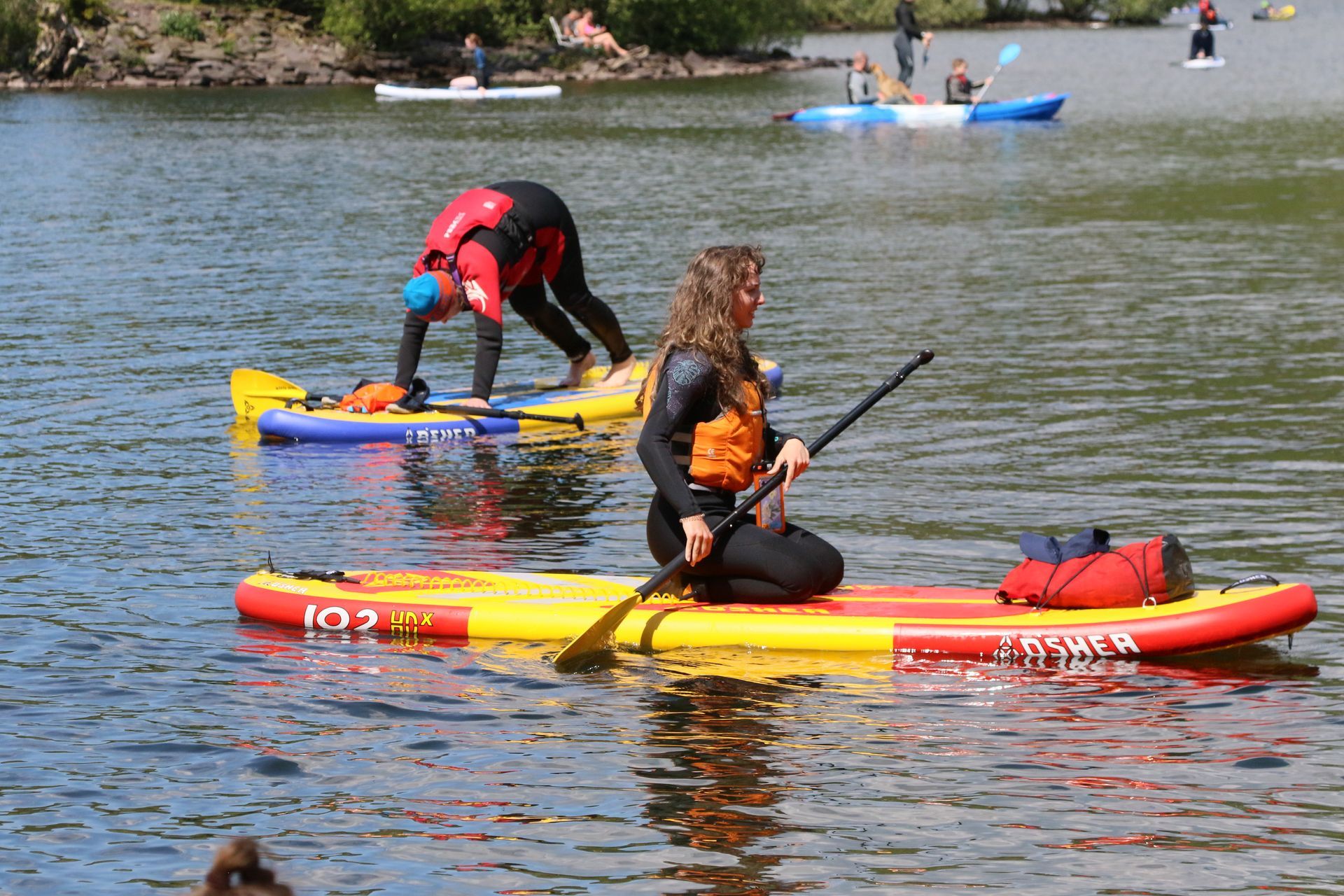- Home
- About
- Go Paddling
- #ShePaddles Cymru
- Qualifications & Awards
- Competition
- Resources
- Access to Waterways
- Ceufad
- Club Support and Affiliation
- COVID-19 Guidance
- Discounts and Special Offers
- Event Planning and Safety
- Insurance
- Craft Insurance
- Protecting Our Environment
- Safeguarding and Child Protection
- Report an Incident
- #ShePaddles Cymru Champion Club Programme
- The Canoeing Code
- Young Volunteers
- Shop
- Environmental and Access
- Standards For Deployment
Holyhead Marina incident: Your help needed to stop non-native species spread by debris
MARINE INVASIVE NON-NATIVE SPECIES ADVICE NOTE: Didemnum Vexillum
We've received the following advice note from Natural Resources Wales:
Download the PDF advice note to see images.
On 2 March, storm Emma caused significant damage to Holyhead Marina in North Wales. Clean-up operations followed and are on-going.
As part of clean-up operations, actions are being taken to reduce any potential environmental impacts that may occur as a result of this incident.
This advice note has been prepared to advise interested parties as, despite efforts to contain debris from the damaged marina, some debris has drifted out of the harbour area into the wider marine environment.
A consequence of this means there is potential for the carpet sea-squirt Didemnum vexillum (D. vex), a marine invasive non-native species, to spread to other areas. However, the risk of spread may be reduced due to the current sea temperature, which at this time of year is not thought to be favourable for D. vex to reproduce.
Prior to storm Emma, D. vex was being contained in the marina after being discovered living on the submerged artificial structures, commonly found on the floating pontoons, ropes and chains. The resin surface of the floating pontoons provided a suitable area for D. vex to live.
D. vex ( click here for factsheet ) is considered to be an invasive species because it has the potential to negatively impact fisheries, aquaculture and the conservation of native marine habitats.
Areas of potential spread
Evidence suggests that debris has the potential to spread quite far from Holyhead. Remains of a floating pontoon with resin coating has been recorded approx. 37km away from the marina.
There have also been reports of polystyrene (believed to be from Holyhead pontoons) washing up in Wicklow in Ireland. There have been no further reports of debris at other locations at this time.
What to do if you see any potential debris
Where it is possible and safe to do so, we suggest any debris found is moved above the high tide line to prevent it from returning to the sea and help remove the risk of D .vex spreading.
We suggest also that any locations where fouled debris has been collected from be revisited later in the year to check for the presence of D .vex.
Recent Posts

OUR PARTNERS
Canoe Wales | All rights reserved.
Website Design by Website Sorted
CANOE WALES, CANOLFAN TRYWERYN, FRONGOCH, BALA, GWYNEDD, LL23 7NU | Company No. 02478971 | VAT No. 115151262









